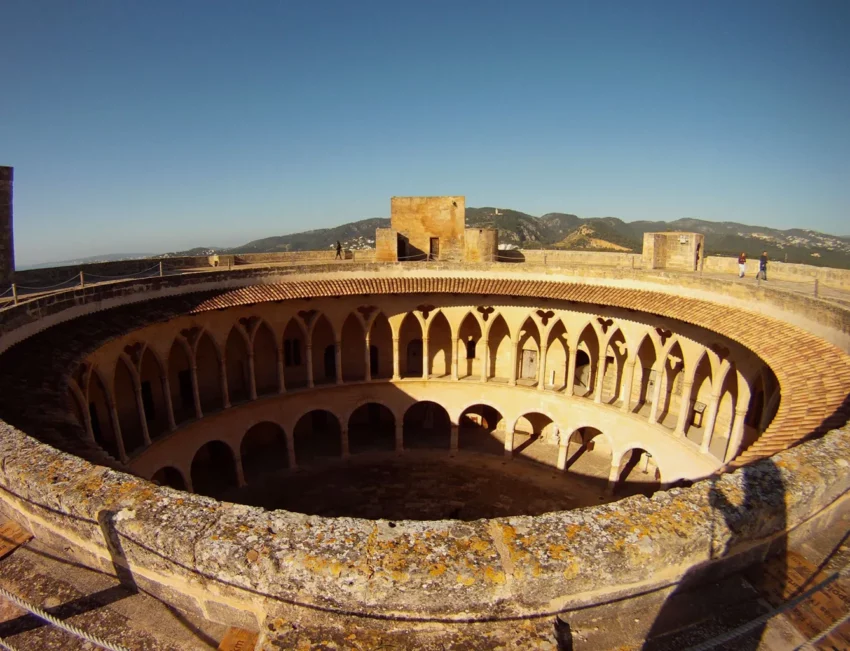Bellver Castle stands as a unique monument on the island of Mallorca, Spain. It’s a circular castle, rare in Europe, and overlooks the city of Palma. King James II of Majorca commissioned its construction in the 14th century. The castle has served various purposes, from a royal residence to a military prison. Today, it’s a museum and a cultural icon, attracting visitors from around the globe.
Get your dose of History via Email
Historical Background of Bellver Castle
Bellver Castle’s history began in the early 14th century. King James II of Majorca desired a royal residence outside the city walls. Pere Salvà, the architect, designed the castle, completing it in 1311. Its circular design is unique in Spanish architecture. The castle has seen various uses over the centuries. It was a royal residence, a mint, and even a military prison during the 18th to mid-20th centuries.
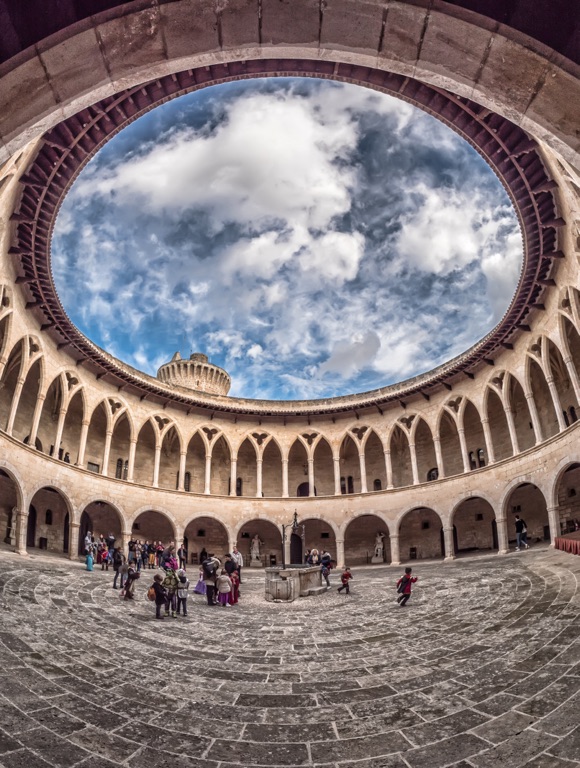 The castle’s discovery by the broader public is a modern phenomenon, as it has always been a prominent structure in Mallorca. However, its transformation into a museum has made it more accessible. The castle’s builders were skilled artisans of the medieval period, directed by Pere Salvà. Their work has stood the test of time, showcasing the architectural prowess of the era.
The castle’s discovery by the broader public is a modern phenomenon, as it has always been a prominent structure in Mallorca. However, its transformation into a museum has made it more accessible. The castle’s builders were skilled artisans of the medieval period, directed by Pere Salvà. Their work has stood the test of time, showcasing the architectural prowess of the era.
Throughout history, Bellver Castle has housed various inhabitants. After the royal family, it served as a refuge during outbreaks of plague. Later, it became a prison, holding notable figures such as Gaspar Melchor de Jovellanos, a prominent Spanish Enlightenment figure. The castle’s strategic position also made it a key defensive structure for the island.
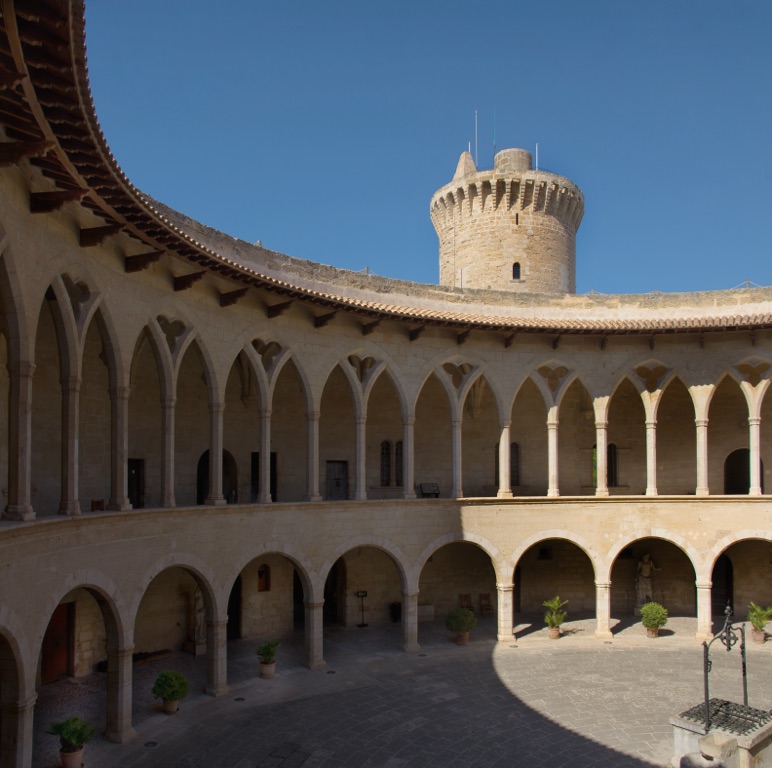
Bellver Castle has witnessed significant historical events. For instance, it played a role during the War of Spanish Succession. It was also a political prison during the reign of Franco, housing prisoners of the Spanish Civil War. These events have left an indelible mark on the castle’s narrative, adding layers to its historical significance.
The castle’s history is not just about its architecture and use. It also reflects the cultural and political shifts in Mallorca and Spain. From a symbol of royal power to a bastion of military strength, and finally a cultural institution, Bellver Castle’s story is intertwined with the island’s history.
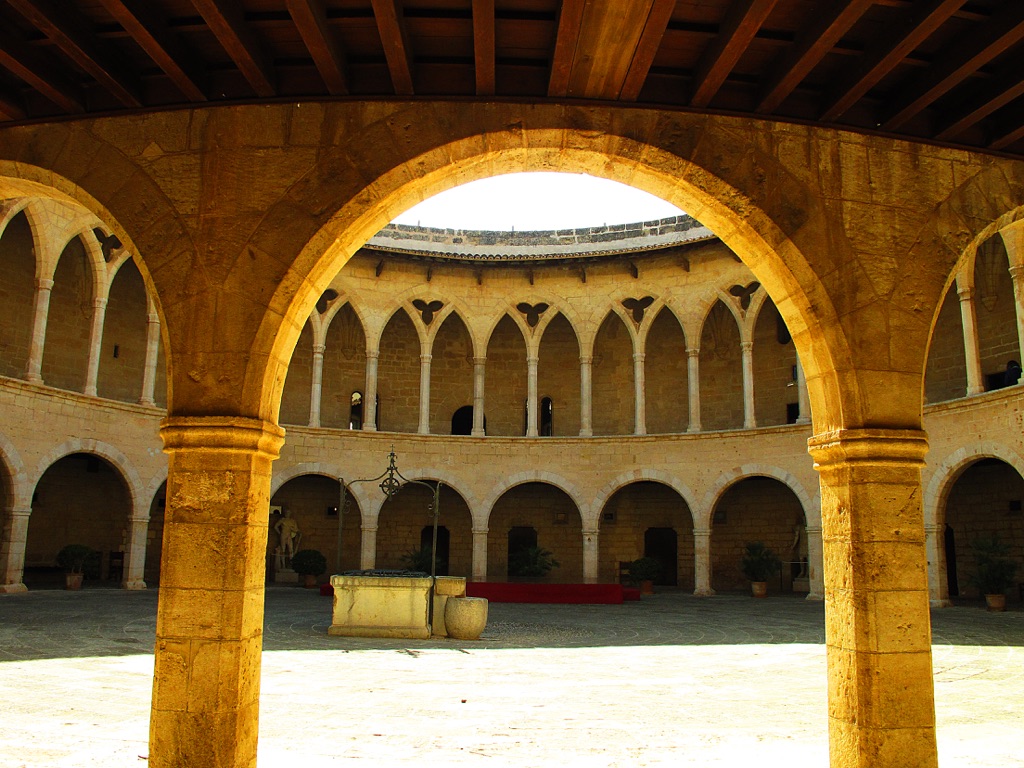
About Bellver Castle
Bellver Castle is a masterpiece of Gothic architecture. Its most striking feature is its circular shape, a rarity in European castles. The structure includes a central courtyard, also circular, and three large towers plus a donjon. The design was not only aesthetic but also served defensive purposes.
The castle’s construction began in 1300 and finished in 1311. Local sandstone was the primary building material, giving the castle its characteristic warm color. The stone was sourced from the nearby quarries of Santanyí, on Mallorca. This choice of material has contributed to the castle’s enduring legacy.
Architecturally, Bellver Castle boasts both beauty and functionality. The central courtyard is surrounded by two levels of galleries. Arched Gothic windows punctuate the castle’s walls, offering panoramic views of Palma and the sea. The design reflects both the military needs and the aesthetic tastes of the era.
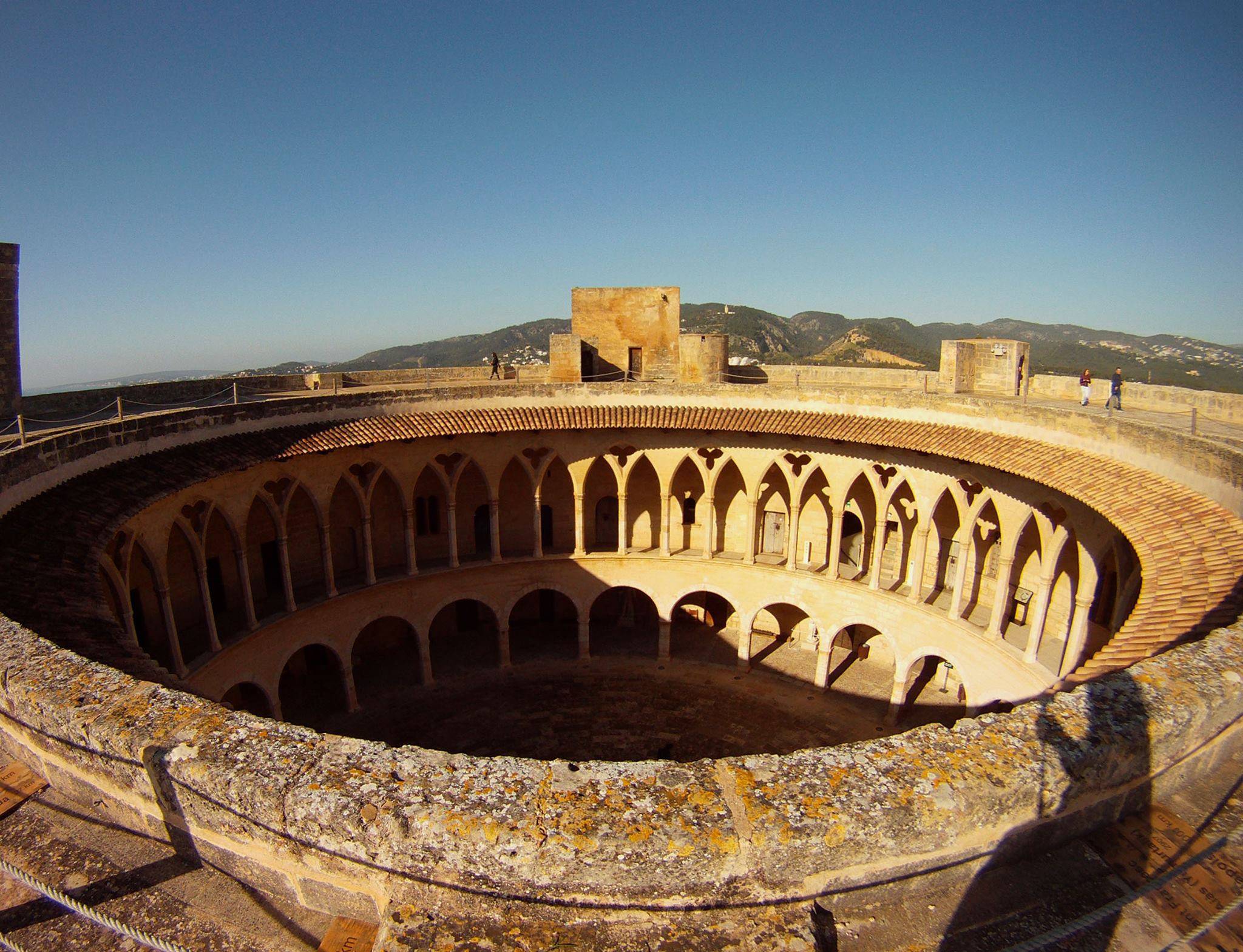
Inside, the castle’s rooms and halls have witnessed centuries of history. The main hall, or ‘Sala Mayor’, is particularly noteworthy. It has hosted significant events and functions throughout the castle’s life. The chapel, dedicated to Saint Mark, is another highlight, featuring religious art and inscriptions.
Today, Bellver Castle is not only a historical site but also a cultural venue. It houses the city’s history museum, showcasing artifacts and exhibits related to Palma’s past. The castle also hosts concerts and events, breathing contemporary life into the ancient stones.
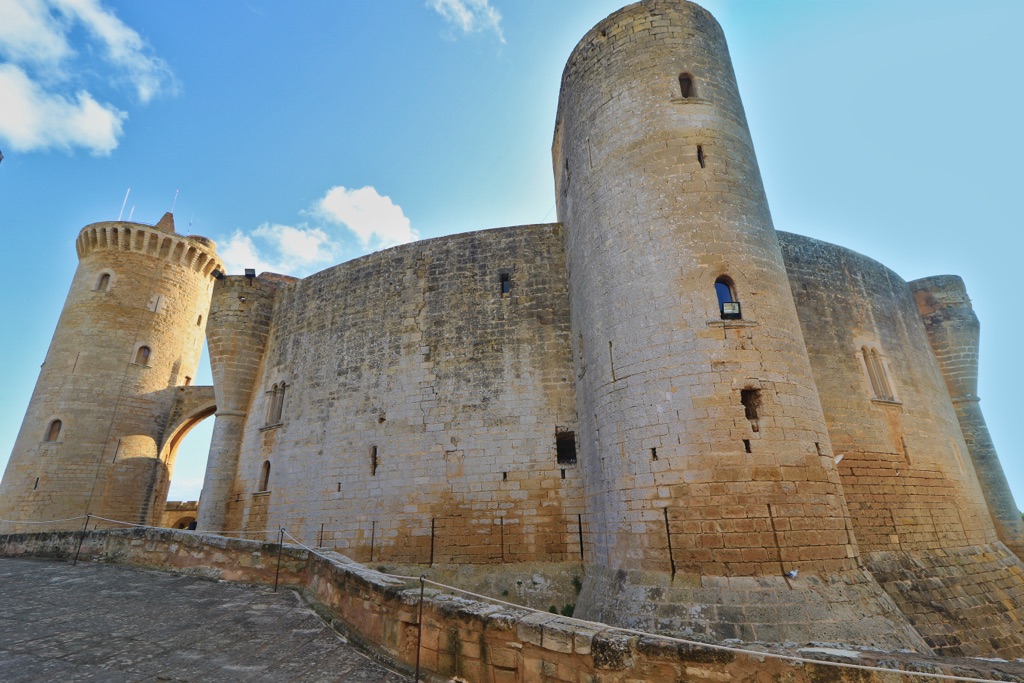
Theories and Interpretations
Several theories about Bellver Castle’s purpose and design have emerged over time. Some historians suggest the circular design had symbolic significance, representing the perfection of God’s creation. Others believe it was purely for defensive advantage, as the shape offers no blind spots for attackers.
The castle’s use has also been a subject of speculation. While primarily a royal residence, some suggest it may have had other functions. Its location and design indicate potential use as a lookout or defensive stronghold against pirates and invaders.
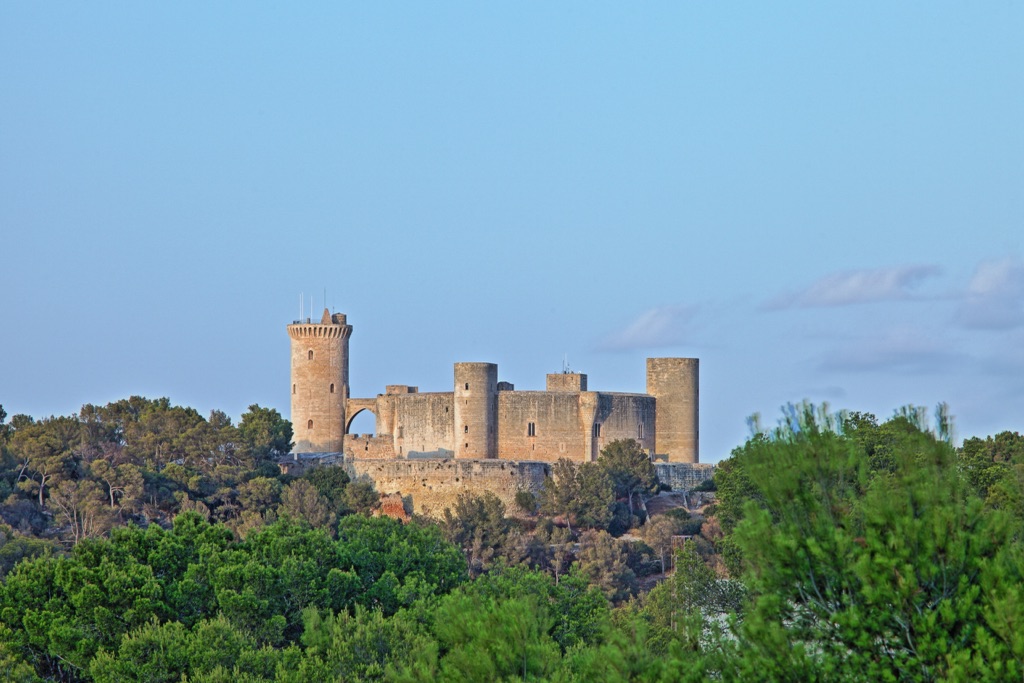
Mysteries surround Bellver Castle as well. For instance, the exact reasons for its circular design remain unclear. This has led to various interpretations, with some linking it to other circular castles in Europe, suggesting a shared cultural or architectural influence.
Historical records have been crucial in understanding Bellver Castle’s past. Documents from the era of King James II provide insights into its construction and use. However, gaps in the records have left room for interpretation and educated guesses by historians.
Dating of the castle has been straightforward, thanks to clear historical documentation. The construction started in 1300 and ended in 1311. This timeline is well-established, with little controversy among scholars regarding the castle’s age.
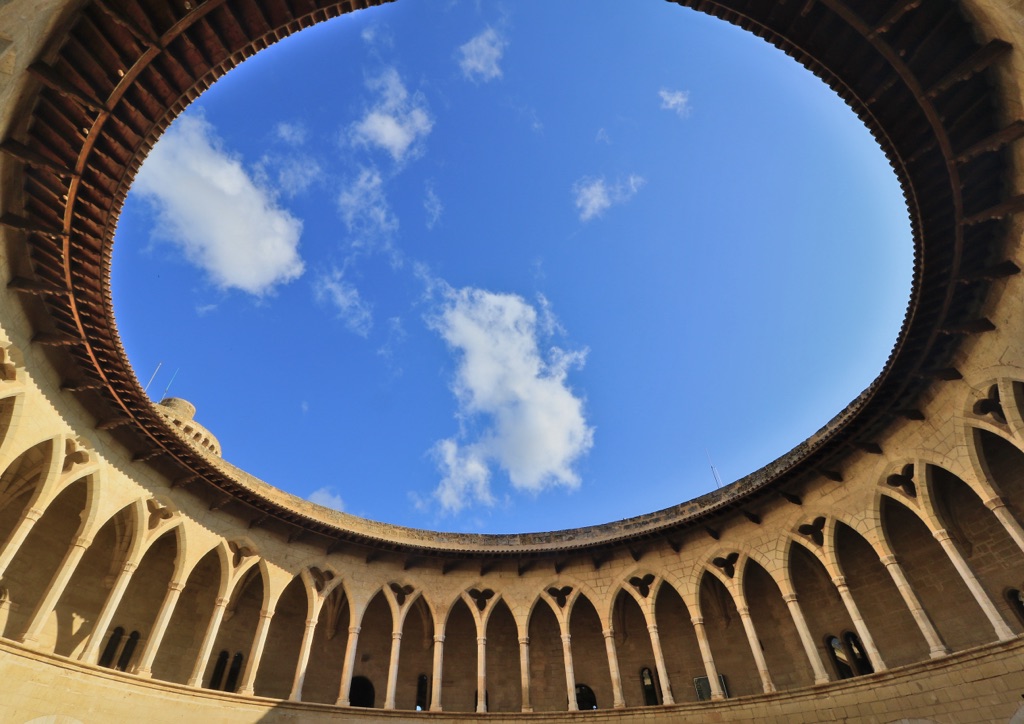
At a glance
Country: Spain
Civilization: Kingdom of Majorca
Age: Constructed between 1300-1311 AD
Conclusion and Sources
Reputable sources used in creating this article include:
- Wikipedia: https://en.wikipedia.org/wiki/Bellver_Castle
- Britannica: https://www.britannica.com/
- World History Encyclopedia: https://www.worldhistory.org/
- Published peer-reviewed work from historians or archaeologists
- Official museum website: http://www.castelldebellver.palma.cat/
- UNESCO: https://whc.unesco.org/
“`

